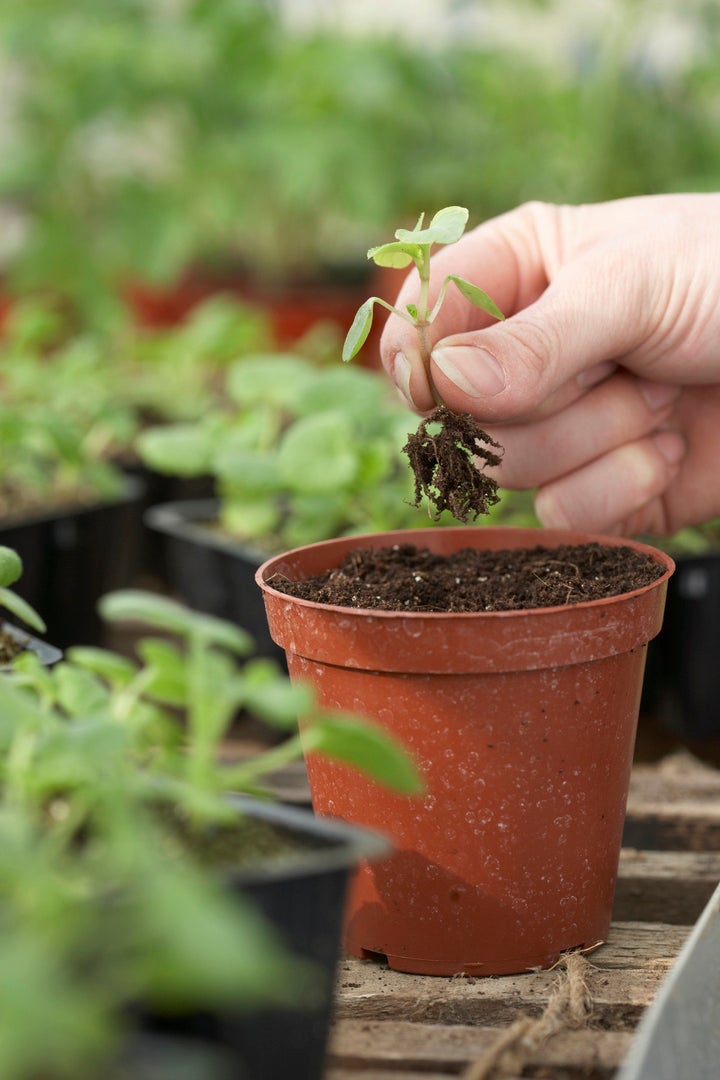
Plants make us feel good. In fact, other elements of the natural world do also. Why is that?
In a word, it's "biophilia." A term coined by social psychologist Erich Fromm in the 1960s, biophilia is our biologically-inherited need to commune with nature. Harvard biologist E.O. Wilson, in his book Biophilia defines it as "the connections that human beings subconsciously seek with the rest of life." In his biophilia hypothesis, Wilson has urged that these connections are imperative for healthy emotional development and wellbeing.¹
When I first heard about biophilia, a mere 24 months ago, it really resonated with me. I had recently learned about Nature Deficit Disorder (NDD)² an unofficial behavioral disorder that stems from the "disconnect" our children have with the natural world. Biophilia certainly explained the challenge of NDD and why it has a profound impact on our future.
As a species, humans evolved over millions of years amid natural surroundings. Our physical, mental, emotional and spiritual bodies have been biologically programmed by interaction with the natural world -- through the drive to survive.
Within the last century, humankind has gone through a radical separation from the rest of the living world. We've perpetuated the idea of our dominion over nature. Along with escalating technology and materialism, we believe that we are above nature, not of it.
This new paradigm has shifted human society so much. It has been said that we now spend an average of 90 percent of our time living and working in sealed-off, airtight, toxic, manmade environments.³ Our school systems have cut back on natural science education so much that we not only lack knowledge, but own an increasing apathy toward the workings and rhythms of the natural world, especially our local habitats. In short, we have become "disconnected."
I believe, as Theodore Roszak states in his 2002 book "Voice of the Earth," that we now have a deterioration of our spirit -- our souls -- as a result. This disconnection prohibits the majority of us from making meaningful changes in our lives that will help to heal the planet.
While reestablishing a relationship with the earth, we can then restore the "Human-Nature Connection" and start to nourish our souls. Only then can we make any significant contribution to healing this planet.
Re-establishing Your Human-Nature Connection
There are many ways to re-connect with the natural world; most importantly, is to spend more time outside. Yes, this is true! But in addition to enjoying the natural world, we can bring nature into our environments.
Nature Enhances Well-being
Research has shown that contact with nature enhances healing, improves healthy childhood maturation, development and cognitive functioning. People living near open spaces report fewer health and social problems, regardless of urban/rural location, income or education. Communities with higher-quality natural environments have a superior quality of life and a stronger sense of community -- also regardless of income. All of these studies (and more) strongly suggest that humans benefit from contact with the natural world.⁴
In 2006, an important gathering of ecologists, architects, psychologists, scientists, researchers and urban planners assembled for a 3-day retreat in Wood's Hole, Massachusetts. The objective for the symposium: to discuss how we can achieve "not just a sustainable but also a more satisfying and fulfilling modern society in harmony with nature." 5
The outcome of this conference was a 2009 book,"Biophilic Design: The Theory, Science, and Practice of Bringing Buildings to Life," which outlines principles of how we can incorporate nature into our buildings and manmade spaces. Most of these principles touch on a "sensory richness" -- something that manmade materials offer little, if any, depth.
I found it really interesting to see how much biophilic design parallels the ancient practices of feng shui and vastu, created thousands of years ago in China and India, for the purpose of creating buildings in accord with the natural world. Incorporating a balance of the natural elements within our built environment is directly related to biophilic design principles.
Biophilic design encourages the use of natural materials and textures, patterns and processes, views and symbolic images of nature, sunlight and orientation, and much more, which work beautifully with these indigenous design philosophies.
I believe that bringing nature into our indoor environments will lead to improved well-being and hopefully encourage a true and meaningful connection to the natural world.
¹ Biophilic Design: The Theory, Science, and Practice of Bringing Buildings to Life, S.Kellert, J. Heerwagen, M. Mador, p. viii
² Nature Deficit Disorder was coined by Richard Louv in his 2005 book Last Child in the Woods - http://en.wikipedia.org/wiki/Nature_deficit_disorder
³ The Inside Story: A Guide to Indoor Air Quality. U.S. EPA/Office of Air and Radiation. Office of Radiation and Indoor Air (6609J) Cosponsored with the Consumer Product Safety Commission, EPA 402-K-93-007.
⁴ http://lhhl.illinois.edu/research.htm
5 Biophilic Design: The Theory, Science, and Practice of Bringing Buildings to Life, S.Kellert, J. Heerwagen, M. Mador, p. vii